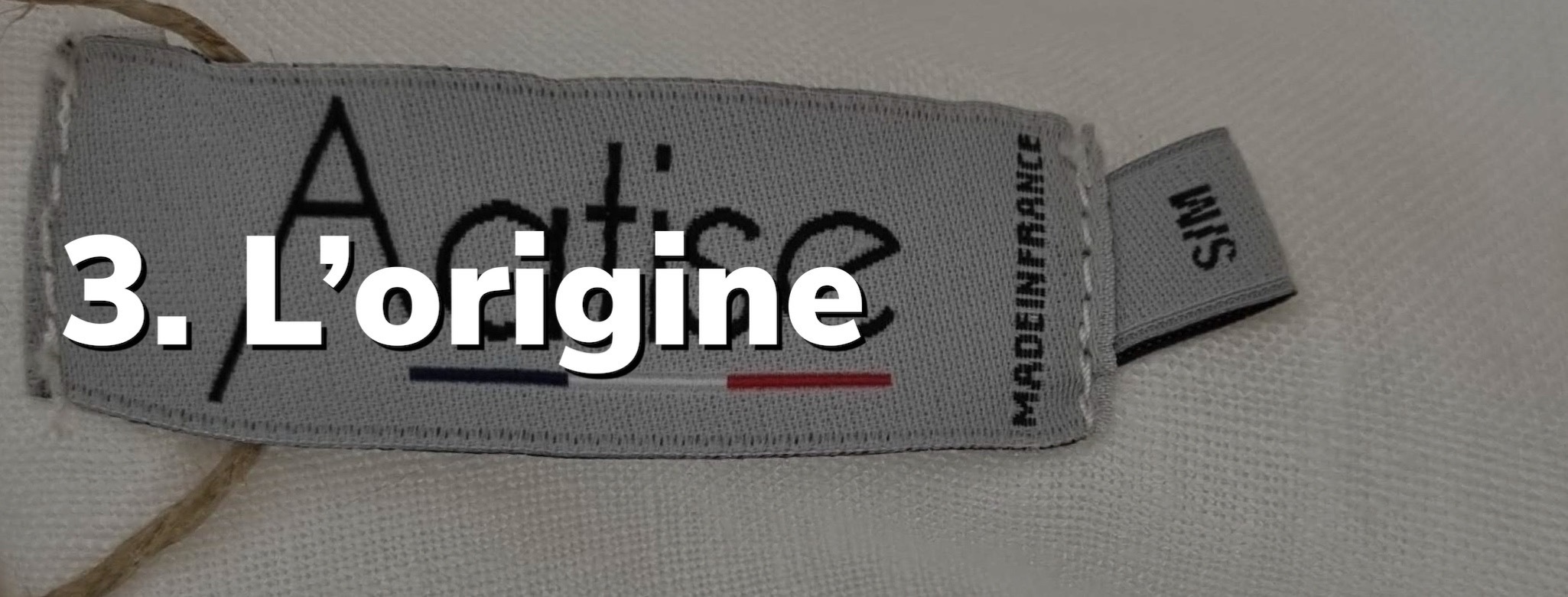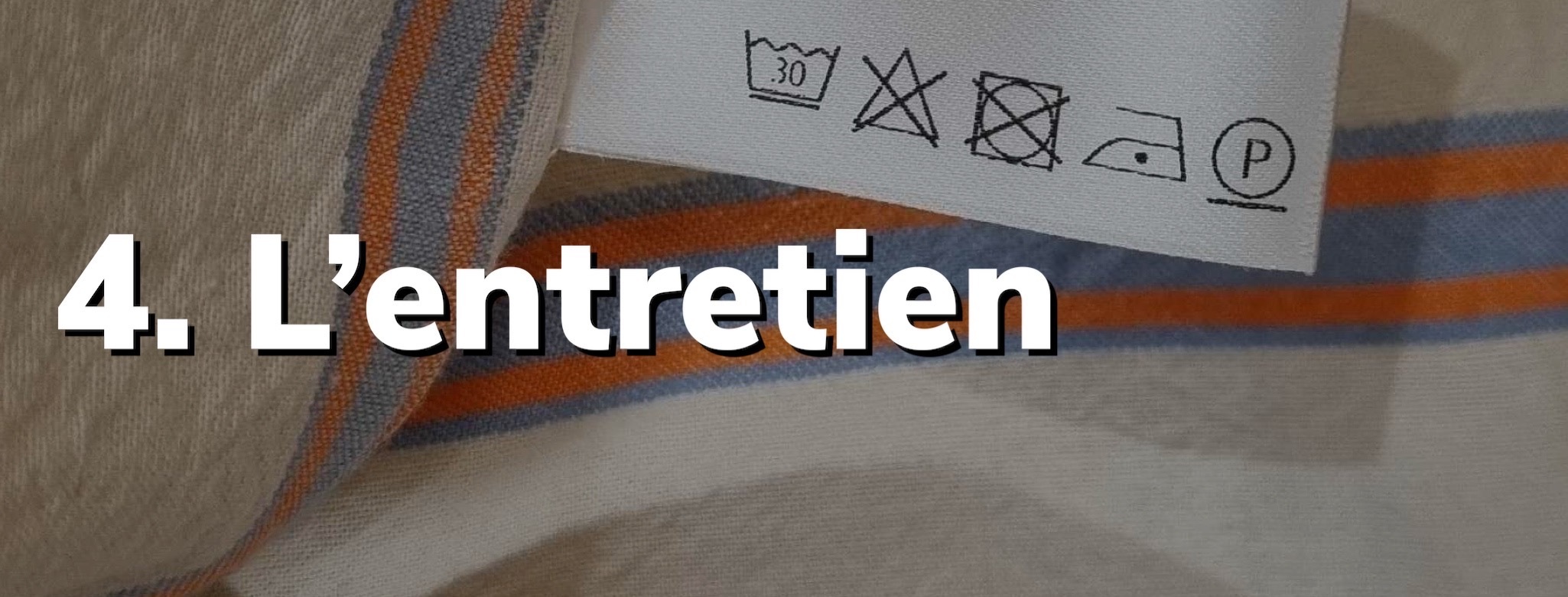
In addition to our #CheckTesEtiquettes campaign, we suggest you change your habits, oh my, nothing revolutionary let's face it, just slowly take the initiative to read the labels of the products you buy.
This is because these little pieces of rectangles sewn onto clothing or on the back of boxes of coveted objects contain valuable information that will help you ask the right questions about its composition and its origin. You will also be able to see more clearly the brand's real commitments in terms of social and environmental responsibility (CSR).
This new habit will take you a few seconds, so sometimes you will have to turn the garment in all directions and follow its seams to find the precious grail, it remains a rather easy exercise which will allow you to consume in full consciousness and with full knowledge of the facts!
Why read labels?
- First and foremost, as we noted above, to buy with full knowledge of the facts! Yes, as mom once told us: “you always have to say things three times for it to sink in!”.
- It also means ensuring that the sales price is indeed in line with the place of manufacture and/or its composition. Yes, we can be called Prada and have all our ready-to-wear made in China…
- It’s also about making sure that the brand’s marketing doesn’t fool you.
Notably :
- Blue white red printed on a t-shirt does not necessarily mean that it is made in France.
- A French brand is not necessarily made in France.
- A brand with a blue, white and red logo is not necessarily made in France.
- A “ designed ” garment in Paris” is most of the time manufactured thousands of km away.
- A t-shirt with a feminist, inclusive message (against racism, against homophobia, etc.), republican (liberty, equality, fraternity) does not mean that it was made in a country that respects women's rights, of LGBTQ+, nor even the democratic values that are dear to us.
- Fast-fashion brands will invite you to recycle your clothes or give them a second life, this will allow you to consume without feeling guilty, but if the clothing is only made of synthetic fibers, it will still have produced a lot of oil to only wear it twice and then recycle it.
Besides, bad news, this garment is so poor quality that it will probably end up in an open landfill in Africa or Chile...
Come on, let's move on to deciphering the labels, here we go, you'll see it's going to be crazy!
This is legal information that must appear on all clothing you buy. This information is not obligatory when the clothing is second-hand. All information must be legible and written in French.
The order of the information is very important: the most used fiber must appear first, then in descending order with a precise composition percentage. Below 10%, materials can be mentioned as a simple “other fibers”. Reading the composition allows you to know the fibers used to make the garment.
Reading the composition also allows you not to mistake bladders for lanterns! Let's explain. Easy for acrylic to pretend to be wool, same for polyester to pretend to be silk. In the nomenclature of textile fibers, there are two families: natural and chemical.
- Natural with plant or animal fiber.
- The chemical with the synthetic and the artificial.

Come on, let's take a break to talk to you about two materials: linen and viscose.
Decryption of materials: focus on linen and viscose
- Linen
Linen, this fiber that we love at L'Appartement Français. For what ? Linen consumes 10 times less water than cotton. This information alone makes us reconsider our cotton t-shirts, which need 2,500 liters of water in an ever drier and thirstier world.
Linen purifies the floors. In fact, the roots of flax absorb pesticides (without getting into the fiber that makes up our clothes, we reassure you!), thus providing much healthier soil for future plantings.
France is the leading producer of flax in the world (between 70 and 75% of world production!), it grows on the Normandy coasts between May and June.
Have you ever seen a field of flax in bloom? You have to go there early in the morning before the sun is too hot, the thin stems fly in the wind, the fragile blue flowers are born at dawn and close at noon. It's poetic, it's fragile, it's exceptional to see. And just for you, here is an overview!

The tragedy is that almost 80% of our beautiful French linen goes to Asia to be transformed into clothing. In short, we love French linen, grown, knitted and assembled in France. We will divide our carbon footprint in transport by twelve. The fiber is worked in its entire length and not in the form of residue.
And if you want to know even more about linen, we'll add a little more reading right here.
Convinced ? So choose linen clothes made in France!
- Viscose
Fast-fashion brands love to highlight this artificial material as being the most eco-responsible. So yes, it is made from wood pulp (bamboo and/or beech). It is a fact. But, generally, fast fashion stops there in its explanations.
There are two types of viscose
- Viscose made in Asia and most often in India.
In the open air, under the blazing sun, wood pulp of course and also a lot of water, and also a lot, a lot, a lot of solvents. Workers, barefoot, without masks or protection, manufacture viscose, breathing in the fumes of solvents. Burned lungs, serious respiratory and skin problems, soiled floors, non-consumable water tables... Immediately much less eco-responsible is the beautiful viscose which allows our dresses to fly in the wind, right?! But hey there is wood pulp…
- Lenzing EcoVero viscose made in Austria.
France does not manufacture viscose, so we will choose the viscose made closest to us: the Austrian one (hello Marie-Antoinette!). It will take wood pulp, water and more solvents, that's for sure. The difference ? Labor law and the strict environmental standards of the European Union, water that is not lost because it is in closed circuits, reusable solvents also in closed circuits and which impact neither the soil nor the health of workers.
We've seen it all, we know which one to choose!
Well, as you can see, same compositions but not at all the same story. So, yes, we would have loved to talk to you about more subjects but now you would have to read us for hours and we have to refocus on our main subject: labels! So let's get back to our subject!
By the way, last thing, now that we know the composition of the garment, we would also like to know the place of cultivation of plant fibers, breeding for animal fibers or manufacturing for chemical fibers. Because there is a good chance, unfortunately, that the materials are grown or manufactured by Uyghurs in China.
Let's keep our eyes peeled and #CheckYourEtiquettes!
The world of fashion is so wrong that there is a label that guarantees us that the clothing will not be harmful to our health... Does this mean that other clothing without this label would be dangerous?
The world of fashion is so wrong that there is a label that guarantees that the garment is made in good working conditions. Does this mean that other clothing without this label does not take care of women, children and men?
Well, without stepping on the head, we will quickly present the main labels to you:
![]() Oeko-Tex: guarantees the absence of products toxic to the body and the environment in textiles and leathers.
Oeko-Tex: guarantees the absence of products toxic to the body and the environment in textiles and leathers.
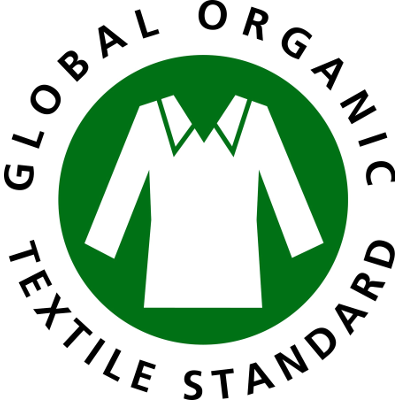 GOTS (Global Organic Textile Standard): guarantees environmentally friendly production and transformation processes in good working conditions. It also guarantees the use of organic fibers and the ban on dangerous inputs.
GOTS (Global Organic Textile Standard): guarantees environmentally friendly production and transformation processes in good working conditions. It also guarantees the use of organic fibers and the ban on dangerous inputs.
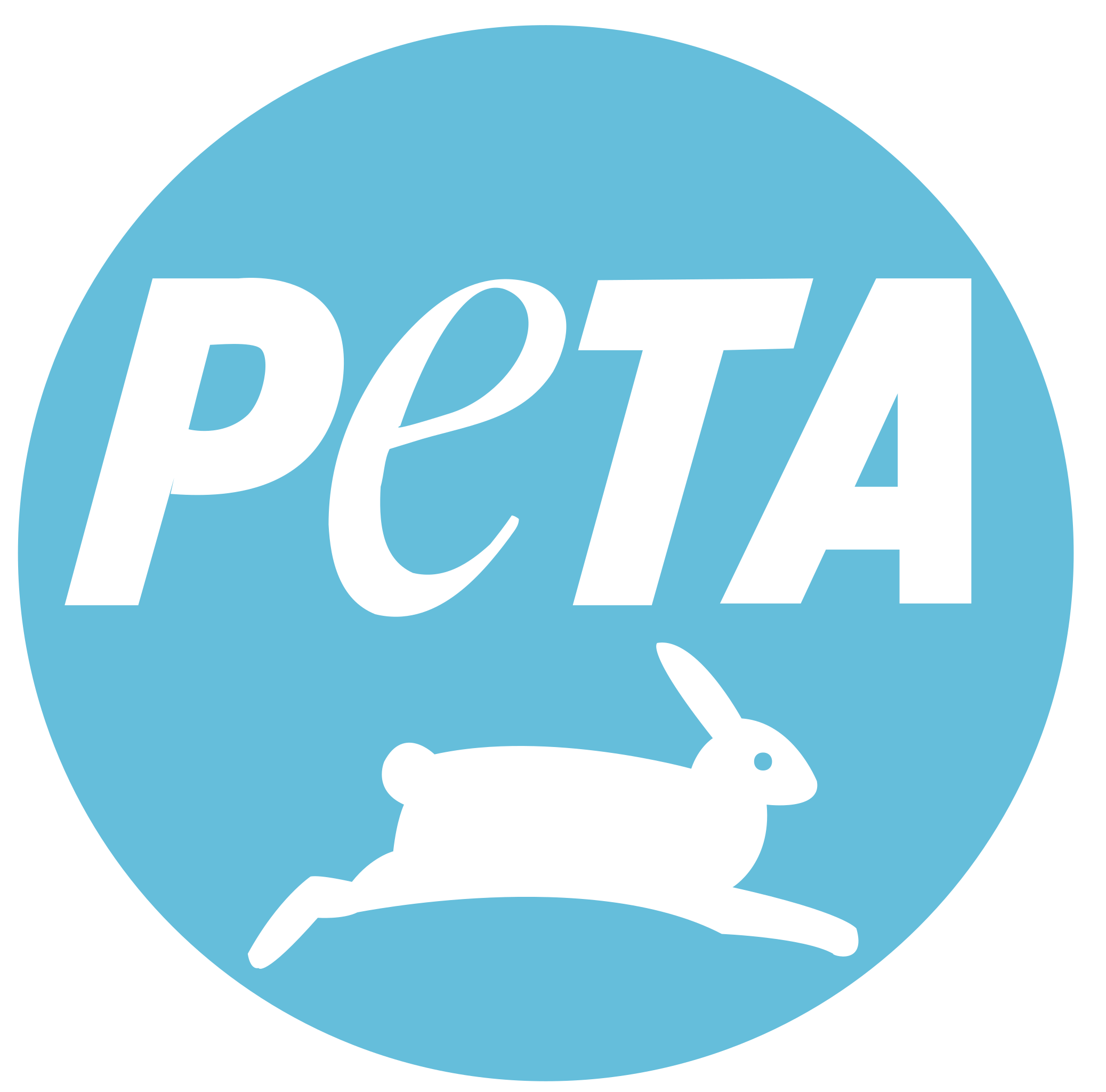 PETA (People for the Ethical Treatment of Animals): this certification approves that products contain no animal traces.
PETA (People for the Ethical Treatment of Animals): this certification approves that products contain no animal traces.
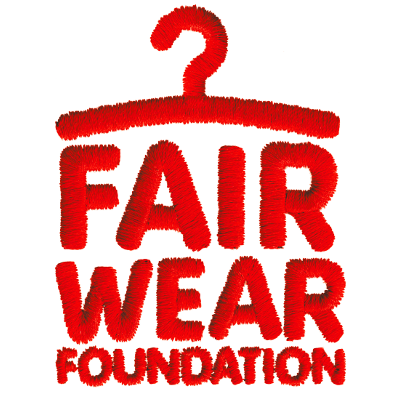 Fair Wear Foundation: ensures good working conditions in the textile industry and helps to improve them.
Fair Wear Foundation: ensures good working conditions in the textile industry and helps to improve them.
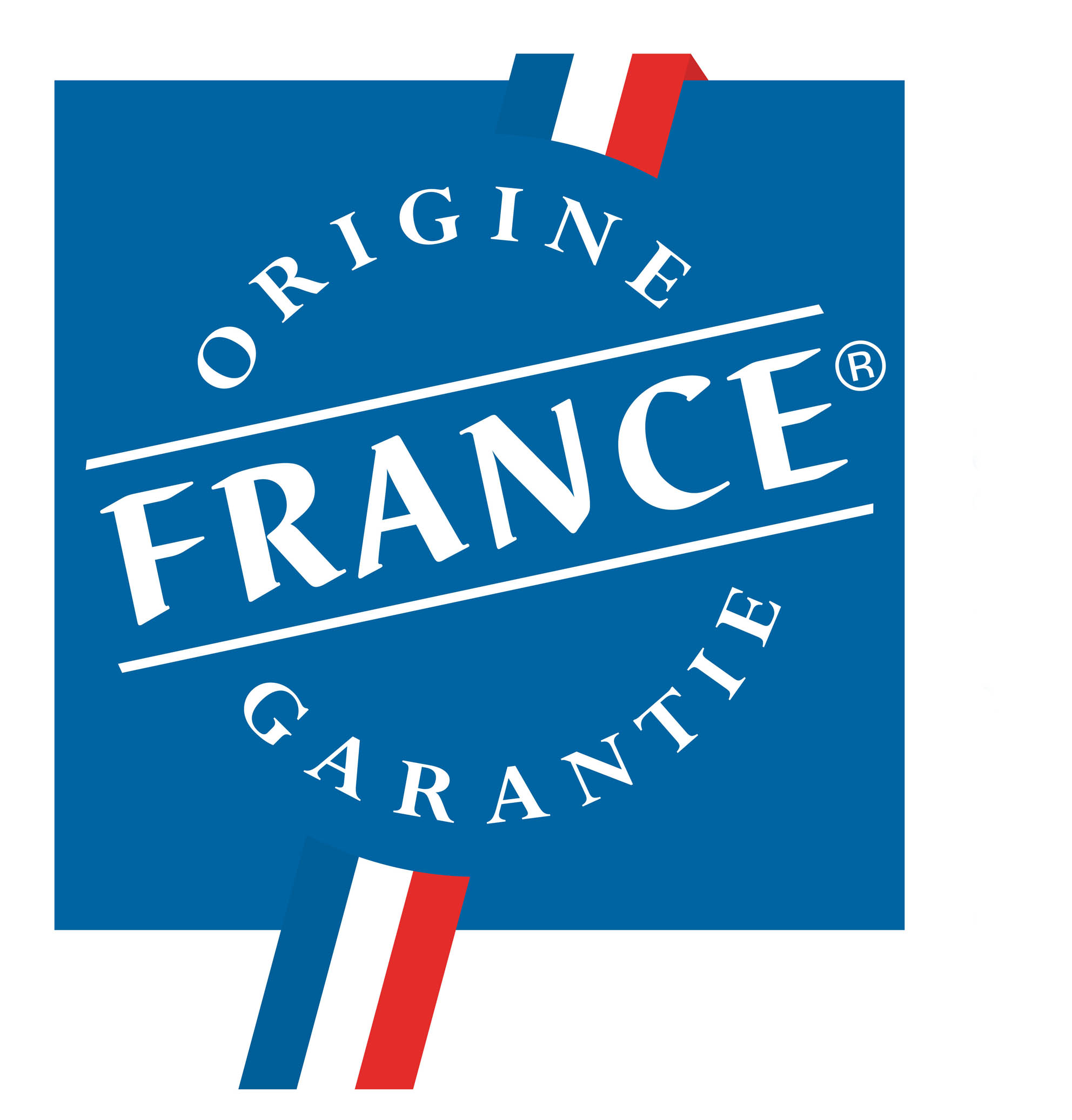 French Origin Guaranteed: ensures that the essential characteristics of the product are produced in France. That is to say that 100% of the manufacturing of the product has been designed in France and that at least 50% of the manufacturing cost belongs to France.
French Origin Guaranteed: ensures that the essential characteristics of the product are produced in France. That is to say that 100% of the manufacturing of the product has been designed in France and that at least 50% of the manufacturing cost belongs to France.
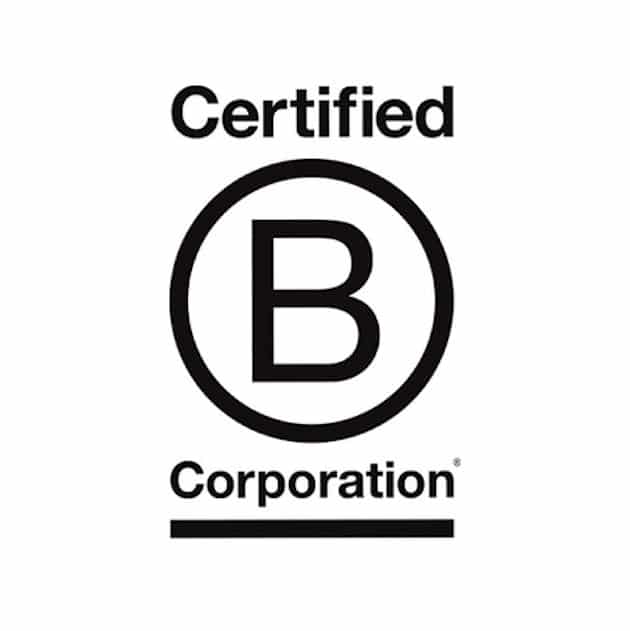 B-Corp: ensures compliance with standards of performance, responsibility and transparency on the social aspect and on the supply chain.
B-Corp: ensures compliance with standards of performance, responsibility and transparency on the social aspect and on the supply chain.
 France terre textile: aims to reward products for which more than 3/4 of the production operations are carried out in France according to short circuit manufacturing, quality and CSR criteria.
France terre textile: aims to reward products for which more than 3/4 of the production operations are carried out in France according to short circuit manufacturing, quality and CSR criteria.
Please note, the following paragraph is taken from the World Trade Organization and the customs code. You will have to read it two or three times before you start to understand everything! We will have warned you!
No national or European provision requires the affixing of an origin marking on products imported or marketed in the EU, except for certain agricultural or food products.
In accordance with the World Trade Organization (WTO) Agreement on Rules of Origin, non-preferential rules of origin apply when it comes to origin marking.
When this marking is indicated voluntarily, it must comply with the non-preferential origin rules of the Union Customs Code (UCC).
On the other hand, a false indication of origin may be subject to sanctions, “for false advertising or deception on the merchandise”.
That's it, the country of origin is therefore not obligatory!
At L'Appartement Français, we advocate local manufacturing. So, obviously, we will favor made in France or vintage, then made in Europe, then made in far from here like the USA or Japan with acceptable social standards (minimum wage, health standards, etc.) and environmental standards.
Oh, by the way, what if we talked a little about made in France anyway?
Let's set the scene, we take out the customs code, we put it on the table.
Here are the two main criteria authorizing a product to be stamped made in France :
- The last substantial processing must be done in France (and not just flocking for example).
- More than half of the manufacturing cost must be made in France.
These rules vary greatly from one product range to another. Sometimes, and this remains between us, it's even eccentric... If you're interested, we'll tell you when you come to the store.
This process is self-declaring, and, unfortunately, there are relatively few controls.
So, gradually labels (OFG, EPV, France terre textile) appeared with systematic control of said criteria.
At the French Apartment, to offer you a product made in France, labeled or not, we always ask the brands for each stage of production in order to be as impeccable as possible. We also visit the workshops to share their wonderful know-how with you.
We remind you again and again (you remember what mom said at the beginning!), a product is not systematically made in France:
- The brand logo is blue white red.
- The brand name includes the word “French” or derivative (and yet it should be…).
- The flocking (inscription on a t-shirt) is blue white red.
- A label basically says it’s “designed in Paris.”
- The brand claims to be a French brand (for example by adding x French flags on its Instagram profile).
“When it’s blurry, there’s a wolf”, that’s what Grandma says!
So let's keep our eyes peeled and #CheckYourEtiquettes!
Oh yes, something else, we just received a message from Tata who only buys on the web, so how does Tata check its labels before buying? And then Tata would also like to buy products other than clothes and also know where they are made! How to do ? No panic, the solution, the EAN code!
Use the EAN code to find out more
What Tata, what is the EAN code? Oh yes !
The abbreviation EAN stands for European article numbering (sexy?). This code is actually the barcode. This is the European product coding system. In France, it is better known under the name GENCODE.
Did you know that you could also collect information on the origin of products using these series of figures? Yes, if Tata and it's easy, it's thanks to the first two or three numbers which correspond to the origin of the product.
For example when it starts with 300 and goes up to 379 it is proof that the product is made in France!
Here is the complete table to see more clearly, country by country:
_1.png)
This EAN code is often visible on the product sheets of merchant sites and on all manufactured products that can be purchased in stores.
Finally, if you are still missing information, ask! Ask the e-shop customer service, call them, ask the sales teams when you are in store. You have the right to know.
Well, you are now equipped with all the information possible to identify the origin of a product.
Or how to take care of your clothes to make them last. Here too, this mention is not obligatory on one's clothing. Information relating to the care of the garment can be indicated in full letter or in the form of pictograms.
.jpg)
By following these recommendations, you give your clothing a longer life. After you know us, we always add our two cents everywhere. We therefore advise you, in addition, to make your clothes last longer:
- To stop using fabric softeners, which have a huge impact on the environment and are not good for clothing fibers.
- Tumble drying is not good at all for fibers which will break prematurely.
- Wash your clothes less and prioritize ventilation. You air your sweater just like you air your room.
There you go, crazy that you can write 2600 words from a small piece of fabric sewn inside the clothes. We hope that this article has been able to enlighten you and that you will continue to keep your eyes peeled! Don’t forget: #CheckTesEtiquettes!
Get involved with #CheckYourEtiquettes
Want to bring your labels to life on social networks? Use the hashtag #CheckTesEtiquettes, call out, ask brands for more information, more virtuosity, let's be demanding, we have the power to change fashion!
In order to adopt the #CheckTesEtiquettes reflex, we are offering you an awareness campaign around labels and the reflex that each of us, as consumers, must have.
To do this, we would like to reward this gesture with surprises made in France. Nothing could be simpler, with each web order on the L'Appartement Français website, a little extra will be offered to you in exchange for a conscious purchase.
Finally, in stores, gold labels will be hidden on certain products... will your eyes as consumers be sharp enough to find them? If so, you will also win a nice surprise made in France!
(Game closed)
Article written by David.


.JPG)
.JPG)
